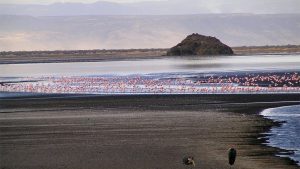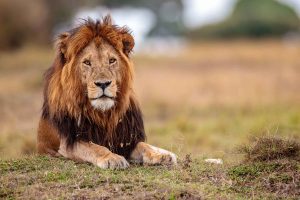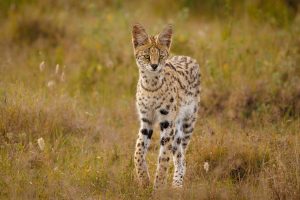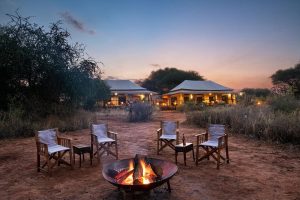Tanzania is a year-round safari destination, offering breathtaking wildlife, dramatic landscapes, and unforgettable encounters with nature. But depending on your interests—whether it’s the Great Migration, predator sightings, or avoiding the crowds—the best time for a safari in Tanzania can vary.
Let’s explore the climate, seasons, and wildlife activity across the year so you can choose the perfect time for your adventure.
☀️ Dry Season (June to October): Peak Safari Time
This is widely considered the best time to go on safari in Tanzania. The dry months offer ideal conditions for game viewing.
What to Expect:
-
Little to no rain, with clear blue skies
-
Cooler temperatures, especially in the morning and evening
-
Animals gather around rivers and waterholes
-
Easier to spot wildlife due to thinner vegetation
Safari Highlights:
-
Wildebeest river crossings in the Northern Serengeti (July–September)
-
Big Five sightings in Ngorongoro Crater
-
Large herds of elephants in Tarangire National Park
-
Fewer mosquitoes and lower risk of malaria
🎯 Ideal for: First-time safari travelers, wildlife photographers, and families.
🌿 Green Season (November to March): Calving & Birding Paradise
Also known as the wet or emerald season, this period features short rains and lush landscapes.
What to Expect:
-
Afternoon or evening showers (rarely all-day rain)
-
Vibrant green scenery and dramatic skies
-
Fewer tourists and more peaceful parks
Safari Highlights:
-
Calving season in Southern Serengeti (January–March)
-
Incredible predator activity during calving
-
Prime time for birdwatching—migratory birds arrive
-
Excellent photography conditions with soft light and vibrant colors
🎯 Ideal for: Repeat visitors, bird lovers, and those looking for a more exclusive experience.
🌧️ Long Rains (April to May): Low Season Benefits
This is the wettest period in Tanzania, often called the long rains season.
What to Expect:
-
Heavy and persistent rains in some areas
-
Muddy roads may limit access in certain parks
-
Some lodges close temporarily or offer reduced rates
Safari Highlights:
-
Green, misty landscapes are hauntingly beautiful
-
Fewer vehicles and visitors = exclusive sightings
-
Great for budget-conscious travelers
🎯 Ideal for: Adventurers, budget travelers, and solitude seekers.
📌 Summary: When Should You Go?
| Your Goal | Best Time to Visit |
|---|---|
| See the Great Migration (River Crossings) | July to September |
| See the Calving Season | January to March |
| Classic Game Viewing | June to October |
| Birdwatching & Green Landscapes | November to March |
| Low Prices & Fewer Crowds | April to May |
🌍 Where to Go by Season
-
June–October: Northern Serengeti, Tarangire, Ngorongoro Crater
-
January–March: Ndutu area (Southern Serengeti) for calving
-
April–May: Central Serengeti and Ngorongoro (some areas may be wetter)
🎒 Final Tips for Planning
-
Book early for high season (June–October), as it’s the busiest time.
-
Pack layers—early mornings can be cold even in dry months.
-
Bring waterproof gear if traveling during the green season.
-
Consider fly-in safaris if road conditions are a concern during rains.
🧭 Plan with Kilipath African Safaris
Whether you’re chasing the thundering herds of the Serengeti, spotting elephants in Tarangire, or marveling at the Ngorongoro Crater, we’ll help you plan the perfect safari—at the perfect time.





